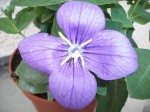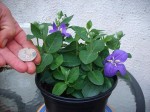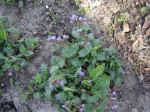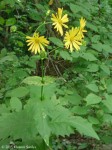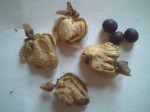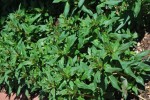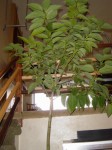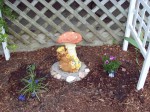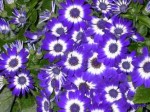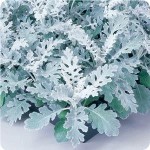Every once in a while a question comes in when even with a picture, I have trouble identifying it. Some times it is the perspective in which the photo is taken. Flowers and leaves can often resemble other plants depending on the camera angle or in this case my tired eyes.
Ask the Expert: Please can you identify this plant?
I have attached a photograph. Jan
Reply:
My inital thought was that it was some sort of weird kalanchoe because I thought the leaves looked thick. But that identification just didn’t seem right. So I emailed Jan and ask her to take a picture from a little farther distance and to give me an approximate bloom size. Jan was nice enough to send me another picture.
Instantly, I knew what this plant was and a little mad at myself for thinking it was a kalanchoe. This is a Platycodon grandiflorus commonly known as balloon flower. It is one of my favorite perennials. I have both white and blue in my garden. It is called balloon flower because the bloom buds look like little balloons. The buds open up and become 4 petal flowers. If you live in zone 4-9, I highly recommend planting balloon flowers in your garden.
It is amazing how changing the perspective of the picture can make identification easier or maybe I just need glasses.


 Find Your
Find Your 